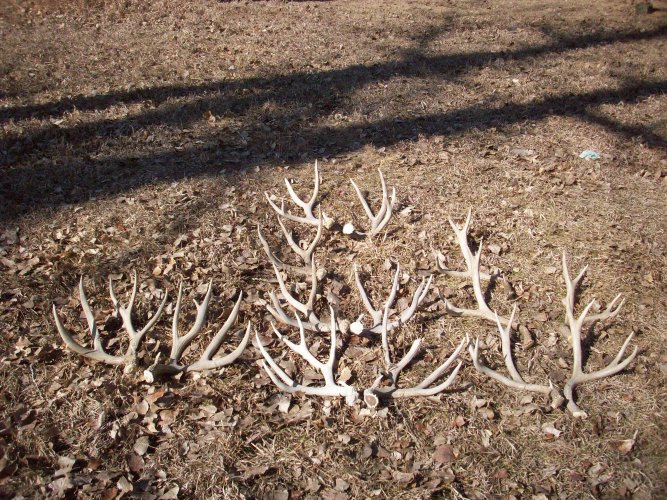rogerthat
Well-known member
- Joined
- Aug 29, 2015
- Messages
- 3,133
You think big antlers are just statistically random? I think big antlers are an expression of that bucks viability. Typically they have big bodies and are the dominant buck.(not always but more likely statistically)That is an interesting study, tho I think some holes can be poked in the experiment and the practical application of the results. I would be hesitant to use a study on captive deer (it doesn't outright say they were captive, but that is heavily implied given the experimental procedures) and apply it to wild populations also. But still, interesting results.






